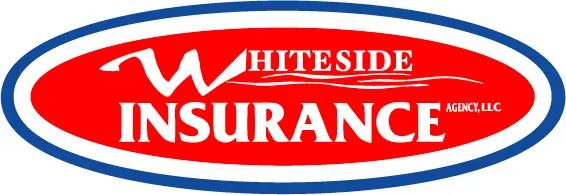I’ve been a Germania insurance agent serving the Hill Country of Texas for many years. You’ve maybe seen my name, Wade Whiteside, or my office sign, Whiteside Insurance, along the road in Spicewood Texas. (My agency is next door to the Spicewood General Store on Highway 71.) But I also represent Germania Insurance for clients who live in the Austin TX area- less than an hour away. So my business reflects the picture above- a blending of city and country.
Why do I choose Germania Insurance?
I’m an independent insurance agent, and I love the freedom that gives me to choose the best companies at all times for my customers. That choice includes some well known names like Travelers, Progressive & MetLife. However, Germania is still first- and there’s a reason.
Germania Farm Mutual Insurance Association (GFMIA) is more than just an insurance company. It’s more like Texas neighbors who band together to look out for one another. The history and roots of Germania Insurance matter, because they carry that legacy forward into the present.
The history of Germania Insurance.
Way back in 1896, in Perry Texas, 31 Central Texas farmers got together and talked about bearing one another’s burdens. Lifting loads together. Sharing risks together. So they formed Germania Farm Mutual Insurance Association. That value of “bearing one another’s burdens” is still at the core of Germania Insurance today, and that small band of 31 farmers has grown to over 200,000 members who are doing their best to look out for each other.
And it’s not just farmers anymore- it’s all of us, city, suburban and country folks in Texas, banding together to get great insurance coverage with honest rates and excellent service!
Over the century, Germania Farm Mutual Insurance Association has created several subsidiary companies: Germania Insurance Company, Germania Select Insurance Company, Germania Fire & Casualty Company, Texas Heritage Insurance Company and Germania Life Insurance Company. But it has never lost its focus- the members looking out for each other.
What makes Germania Insurance unique?
“The Insurance Texans Trust” is more than a motto at Germania. It’s a way of life, from finding creative ways to keep premiums as low as possible, to technological innovation and superior customer service. The mission is to be the very best in every way for our members. Here’s Germania’s mission statement:
“Germania is committed to provide fair and honest insurance protection through competitive products and responsive service.”
Why do I keep mentioning “members?”
Simple. It’s because if you have an insurance policy at Germania, you are more than just a “policyholder.” You are an owner. Yes, you heard me right- every one of the 200,000 policyholders at Germania is also a part owner of the company. So the leadership of the company is answerable to each and every one of its members.
How about that! An insurance company that answers to its customers!
Ask me about insurance with Germania!
If you are a member of the Germania Mutual Association along with me… feel free to stop in anytime in our Spicewood office for a “family chat.” I want to make sure that your auto, home, liability and umbrella insurance is always up to date. We can work together to stay on top of life’s changes and make sure your insurance plan is always the best it can be.
If you are curious to see if Germania Insurance might be right for you… call me. If Germania is best for your unique needs, I can get you “quoted and covered” pretty quickly. But I also realize that sometimes one of the other companies I represent makes more sense for your situation. That’s why I’m an independent agent. I can get you a competitive insurance quote in Texas with other trusted insurance companies too. I’m here to serve you first.
Wade Whiteside: (830) 693-8881
